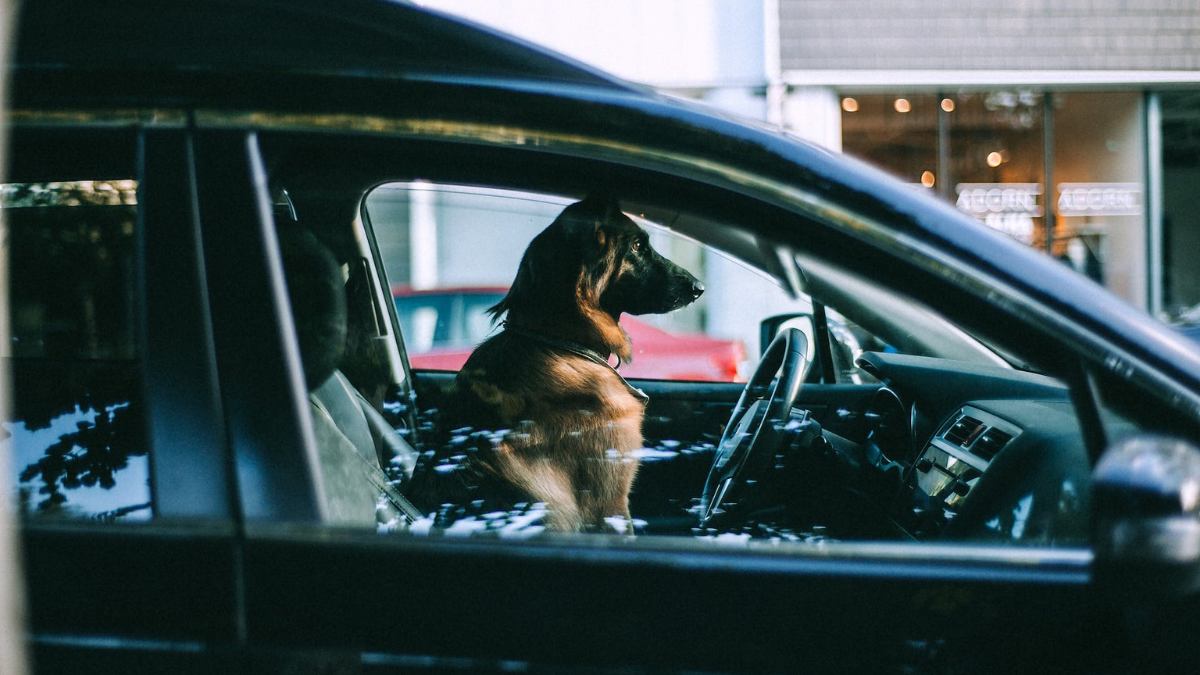Pet Moving: Moving Safely With Your Pet
So you need to move house but can’t help thinking – what about my pets being upset and going back to the old house? MiniMovers has helped thousands of Australians move locally over the past 39 years and our removalists have picked up a few tips along the way to make moving with your pets as stress-free as possible.
That’s why, when Advantage Petcare asked us for some tips for a blog post about moving with cats or dogs, we were more than happy to help out! It was great to be asked and we thought we’d share some of our tips here with you, so you and your pet can enjoy a calm and happy transition to your new home.
1. Keep your pet safely contained
Before the removalists arrive, make sure your pet is safely contained in an out-of-the-way space such as the laundry room or bathroom. Your cat should be in a safe crate, as cats have a habit of getting into all kinds of unusual places! It will be less stressful for you, the removalists, and your pet if they’re not part of the chaos.
2. Pet-proof your new yard
Make sure you’ve repaired any potential escape routes in your new fences before you arrive. That way you can take your dog outside to explore their new environment safely straight away.
Stopping your cat from escaping through your fences after moving house is more difficult. Cat enclosures can be constructed and are available commercially. Alternatively, keep your cat inside the house until you’re sure it is totally familiar with its new territory.
3. Have fun with food
Your new home can be made into a game for your pet by hiding treats in different rooms for them to find. This is a fun way for your pet to get used to their new environment. Feed your cat small tasty meals four to five times daily. This will give it a ‘fun focus’ associated with its new eating spot. Let the cat hunt for its food by leaving small amounts of cat food in several locations or by scattering dry food over the floor in the laundry or a secure veranda or outdoor area in the new house.
4. Make sure they have ID
Your pet should have a name tag on their collar with your address on, and ideally, they should also be microchipped by the vet. This will help to minimise the risk of them getting lost. Your pet should also know their name and be able to come when called.
5. Give them a break
If all this sounds too stressful, consider boarding your pet while you move. As they’ll be moving from one unfamiliar environment to another, there should be less chance of them trying to escape.
For more great advice be sure to read A Few Helpful Tips for Moving with Pets.
